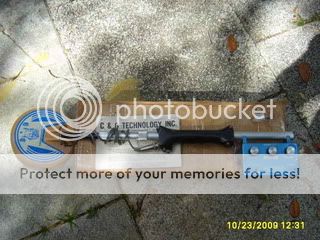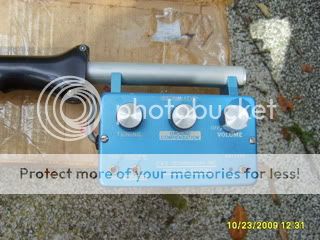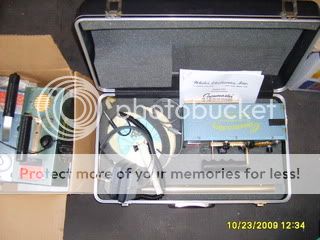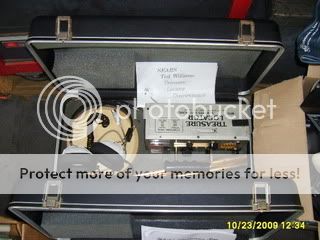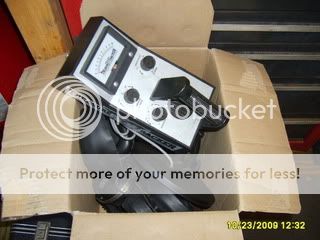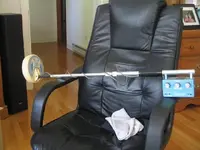Re: Look what I found in the loft! Bobcat & others! (Pics)
The Super Pro is an off resonance BFO hybrid detector.
The Backpacker is not, it is an induction balance metal detector, and can be easily attested to by the fact that the metal/mineral rotary dial (potentiometer) is used to regulate the voltage from either (-) voltage to (+) voltage, which makes it respond positively or negatively to charged minerals, including salts. TRs could not accomplish this, but in a somewhat similar regards BFO's could, and in fact several BFO's were invented in the 70's by White's and Garrett, with positive/negative meters for references. In fact, advertizements were made claiming that a copper item could sometimes be found in a junkyard while canceling all the iron debris. This is no top military-secret and most certainly not a quandry or a puzzle, especially if you are an electronics tech or engineer.
In my conversations with George Payne back in the early 80's he confirmed my experience concerning the fact that air depth is the single most reliable determinant of depth potential in a VLF metal detector. This also applies to an IB, BFO, or even BB detector too, including AH Pro's hybrids. The reason is simple as Jack Gifford also says, it is because of the gain used in the circuit, you either have the power to create a field just so big, or you do not. Higher frequencies are commonly using as much as 10X the gain of that of low frequencies, and THAT is the greatest reason why they excel at finding small nuggets, not because of their frequencies, but because of the power (gain). You can read about some of this and the above at:
http://www.thomasathomas.com/FAQ_-_Metal_Detecting_and_Metal_Detector_Questions_and_Answers.htm
and,
http://jb-ms.com/Baron/gb.htm
The older White's using an IB circuit can and wil beat some of the current low-end detectors today for depth, including some BH's, some White's, and some Garretts. I have an old Whites in my workshop that does even better than the Backpacker.
In fact I remember very well having to run my cz-70 at a setting of between a 1 and a 2 on the mineralization dial (a "1" is the worst ground) in a 5 meter by 8 meter area filled with primarily black sand.
I brought out the Ace and the %*%$#^^& Garrett would only go 2" deep, while the old Backpacker did 3" consistently. There was no magic wand attached to the Backpacker either. One must remember that the IB (AKA "metal-mineral" detectors) use discrimination as the basis for it's ground-cancelling abilities, cancelling iron. As Jack Gifford clearly says in his writings above, the manual ground balance will go deeper than an automatic ground balance detector, but only if you tend to it (my words) like a pitbull watching his bone with a lot of fresh meat on it. The Ace 250 uses a rather slow automatic ground balance and that's why it can't handle the really bad ground as well as some of the old IB detectors with their metal/mineral GB dials, and that's why I view the Aces as a piece of junk in harsh soils. Ok, yes, I forgot to say something: The ground balance on your machines, both automatic AND manual - are the same thing as a rough discrimination control, little more, or less.
As regards to air depth of a Backpacker vs an Ace 250 they get the same depth, about 7' on a copper penny in air. And there is no way in H--- that either will get 10" on a copper penny in bad ground or mineral-free ground unless it's been there for enough decades that it's fallen apart and spread around making a bigger target. And I'm not talking about any halo effect either. It is scientifically and rationally impossible. It's rather amusing though to read where people get 40" on an Explorer.. or even 8-12" in this soil here, where it is seriously high-iron, sometimes having as much as 1/3 a cup of iron filings in it. Those people don't even have a clue as to what bad soil is. I know one place where absolutely zero detectors work, on the Washington coast, and even a PI won't work there.
LL
